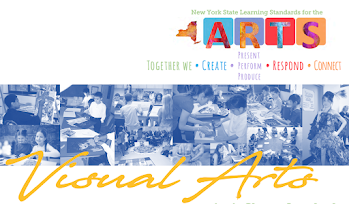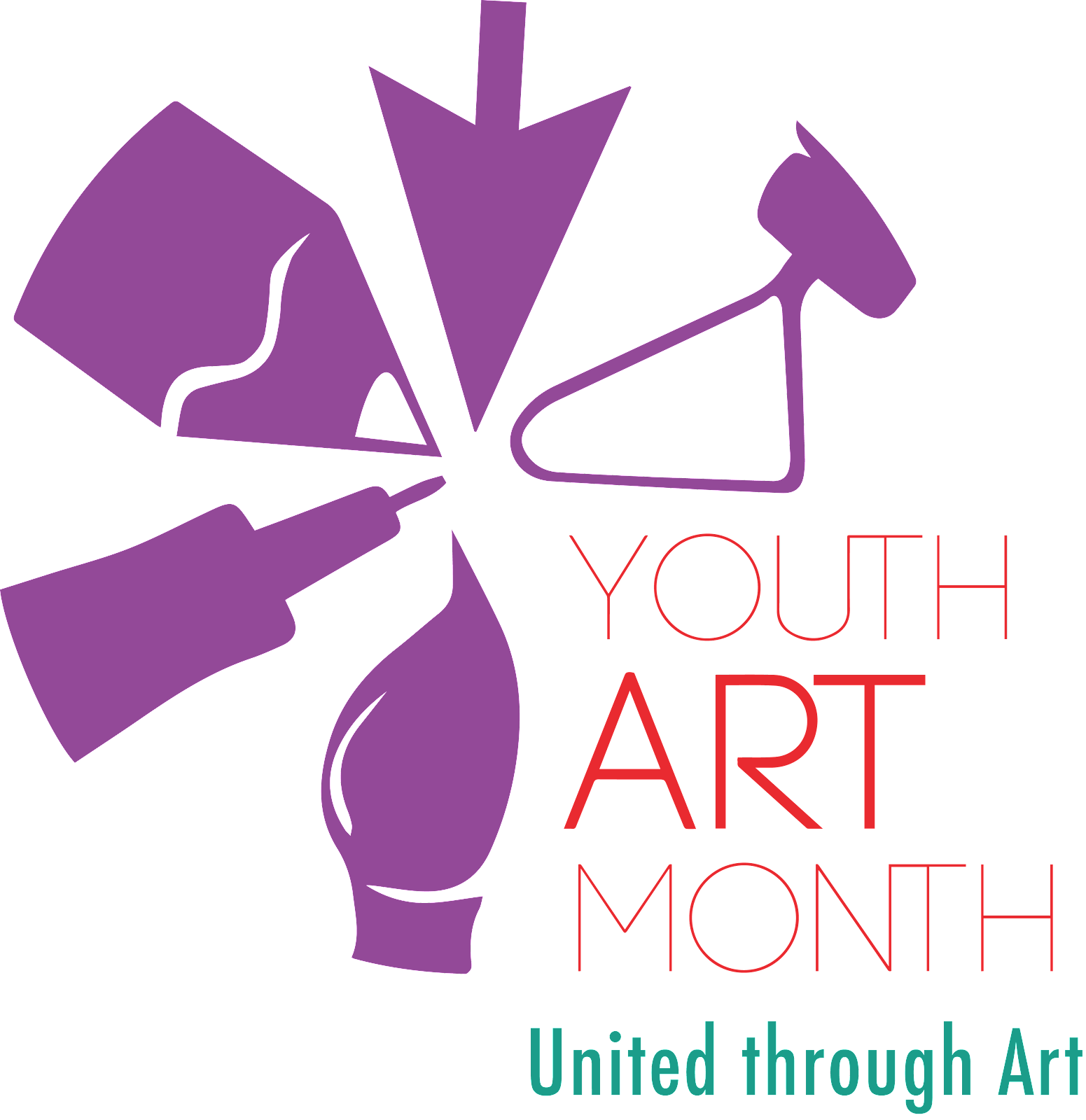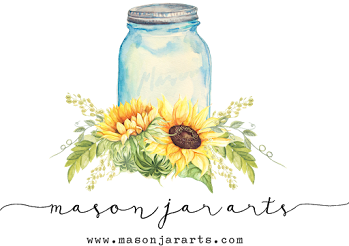Gelatin printmaking is a form of monoprinting, meaning each print
you pull is unique. No two prints are the same. The process of creating, problem solving, and experimenting is more important than the final outcome.
How to Make a Gelatin Printing Plate
Materials:
•
Water
•
Glycerin (optional but recommended)
•
Shallow Pan
•
Bowl
Note: It is possible to
make a gelatin plate without using glycerin. However, the gelatin plate will
not last more than a day or two without the glycerin.
Instructions:
First, decide what size pan you
wish to use. Be sure to select a container that has a smooth bottom. I used a
glass 9 x 13 inch dish.
Once you have selected your pan,
measure how many cups of water it takes to fill it about 1 inch thick. My pan
needed 4 cups of water.
Use the following recipe ratio to
figure out how much gelatin and glycerine you will need.
Recipe Ratio :: 2
Tablespoons of Gelatin per 1 cup of liquid (divided between glycerin and hot
water)
(One package of Knox
Gelatin contains approximately 1 Tablespoon of gelatin mix).
To fill our 9 x 13 pan, I used
eight packages of Knox Gelatin with 2 cups of glycerin and 2 cups of hot water.
Step 1: Pour 2 cups of glycerin in a bowl and sprinkle in 8 packages
of gelatin. Stir gently.
Step 2: Add 2 cups of hot (boiling) water. Gently stir until the gelatin
has dissolved.
Step 3: Slowly, pour the gelatin mixture into a pan. You can pop any
bubbles that occur after pouring but don’t worry too much about the bubbles,
the top of the pan will be the bottom of your printing plate.
I transferred the mixture to cooke sheets lined with parchment paper to make them a little thinner. Allow the gelatin to set for at
least one hour.
Once the gelatin has completely
set, use a knife to loosen the gelatin around the edges of the pan and slide
out the gelatin plate. Line each layer of gelatin with parchment paper so they don't stick together. Try making bigger batches if you're using them with an art class.
***My Studio Art classes completely destroyed the plate after 1 day so I had to reconstitute the gelatin. I microwaved the broken pieces for about 2 1/2 minutes stirring half way. I did 2 batches to microwave the entire amount. Then you follow the same steps as above.
What I like most about gelatin
printmaking is layering the different techniques on top of each other. Try
layering the first and second technique on one piece of paper. My students learned about Negative Positive Space and how to use construction paper to mask off areas. Other students tried 2 colors and a screen printing like technique.















